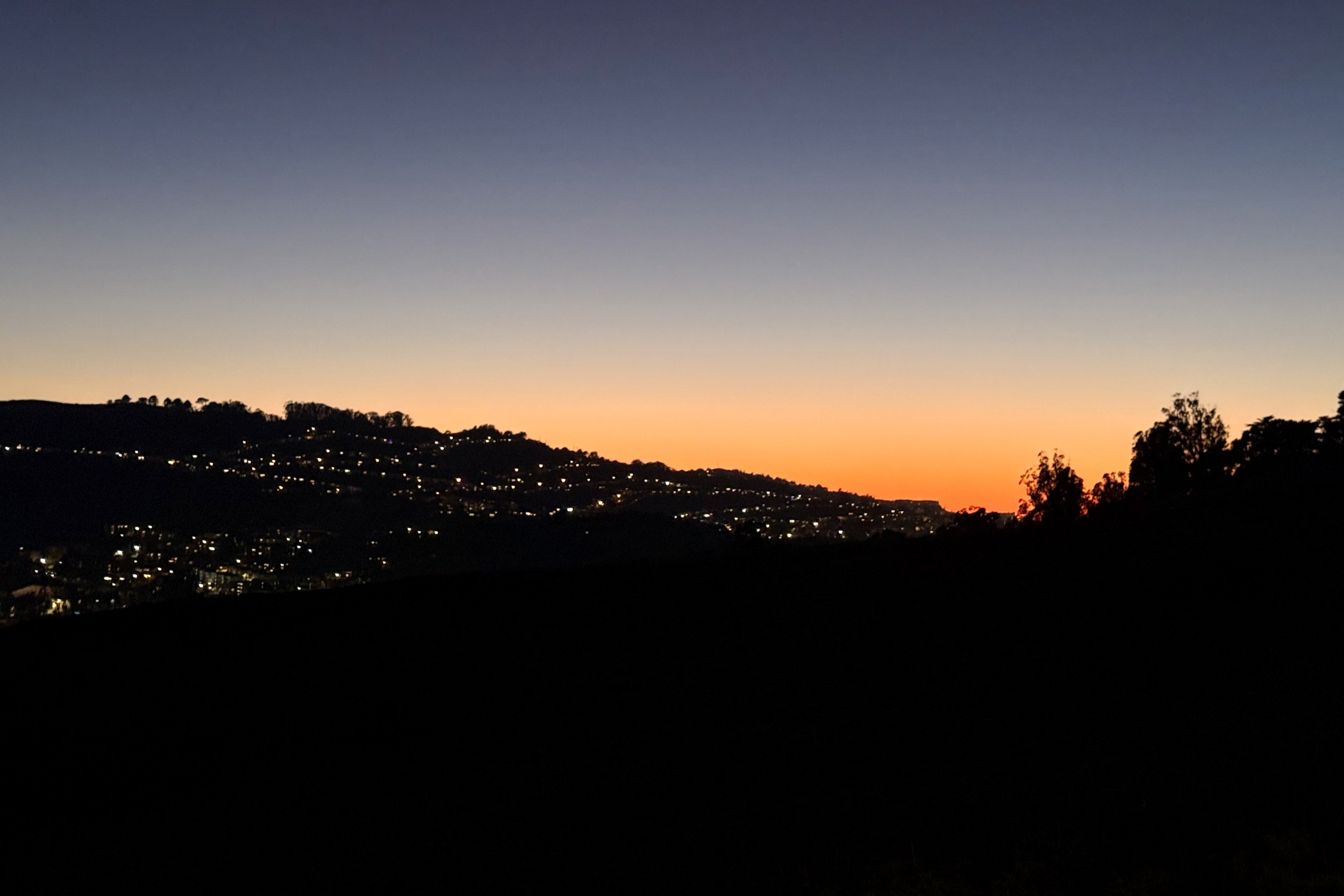Before you buy anything on Amazon, it’s smart to check camelcamelcamel on an item’s historical pricing. Has it been cheaper in recent weeks? Is the discount really a discount, or did the vendor simply raise the price then handed out coupons? If you’re able to wait, it’s good strategy to ensure you’re getting the best price. All the randomized savings here and there can add up bigly.
Amazon, not content to let a third party service get all the ad revenue, have rolled out historical pricing check right in the item description. The “Rufus AI” doesn’t go as far back as camelcamelcamel - the past 90 days versus for as long as an item has been listed, but I reckon three months is sufficient data to see if you’re getting ripped off. Who cares if a thing is $20 cheaper back in 2021. Inflation comes for everything and everyone.
I however am incapable for waiting. The worst part of online shopping is the lag time between ordering and the package arriving at the door. Especially if the item is part of a bigger project I am working on.
I bought a used VW Golf GTI back in October, and I’ve been slowly fixing the flaws left behind by the previous owner. The goal isn’t to make it perfect again - as much as I want to. The goal is to refresh the car to a level where it would be as if I had owned it the entire time. A portion of that is buying new parts to replaced worn out ones. And the worst thing that can happen to me is seeing that an item is backordered.
It seems I don’t get satisfaction until something is done. This in between process stuff is merely an annoyance. Good things come to those who wait? Forget that! I want a project done as quickly as possible so I can move on to other things. In the meantime I’ve got to look at an unfinished - to me - car, and it bugs me every time.
That backordered set of wheels cannot come soon enough.
Purgatory.
